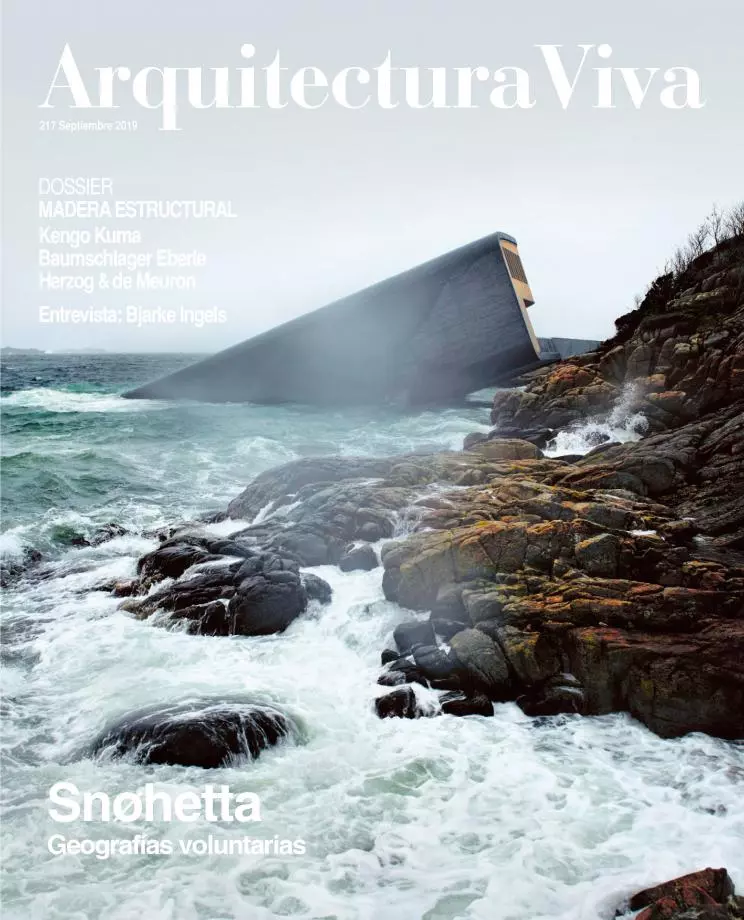
In some of Shakespeare’s works, ghosts play a decisive role in the story, as in Hamlet, Macbeth, Julius Caesar, Richard III, or Cymbeline. In Norman Foster’s work, the specters of some unbuilt projects mark inflection points in his trajectory, and good examples are the Newport competition in 1965, the Climatroffice with Buckminster Fuller in 1971, and the BBC headquarters in Portland Place from 1982 to 1985. The family home in Hampstead, designed in 1978-79, is one of those phantoms whose immaterial existence affects many materialized works, and without whose intervention in the development of the plot it would be impossible to explain the exploratory journey of Foster.
Chronologically located between the completion of the Sainsbury Centre and the project for the Hong Kong and Shanghai Bank, Hampstead has often been seen as an extension of Sainsbury’s double skin and as a harbinger of the structural expressionism of the HSBC, the Renault Distribution Centre in Swindon, or the furniture prototypes that would lead to the Nomos system, but the research carried out by Carlos Solé increases the phantasmagorical presence of this dreamt house eightfold, and its influence on Foster’s subsequent work exponentially.
The difficult relationship between technique and the domestic – which also comes to the fore in another unbuilt project, the geodesic house that the British architect imagined with Fuller in 1982 – impregnates in different ways the eight versions that Solé has fished out of the archives of the office in London and the foundation in Madrid, as well as from his dialogues with some of those who participated in the twelve months – between the summers of 1978 and 1979 – of exigent experimental effort: Foster himself, the architects Peter Busby and Richard Horden, and the engineer Tony Hunt. Working with the freedom of one who is his own client, and with the risk-taking of the physician who uses his own body as testing ground, Foster produced eight proposals – of phantasmal materiality through models and fragments – that engage in dialogue among themselves and with the architect’s subsequent oeuvre.
None of them took on corporal reality on the Hampstead plot, but the exploration that conceived them one after the other gave these designs a voice of their own, and their accents rang loud and clear in many of the works that came into the scene later, in the same way that their words have echoes of the ideas and forms of the Eameses and Ehrenkrantz, characters of the drama in its American act. Philip Roth used a stage direction from Macbeth – Exit Ghost – to end the saga of Nathan Zuckerman, and Carlos Solé has enriched the saga of the architect with eight new phantasmatic players that diversify the plot, multiplying the dreamed shadows of the marriage between technology and everyday life, in the unborn house of Norman and Wendy Foster: Enter Ghosts.






